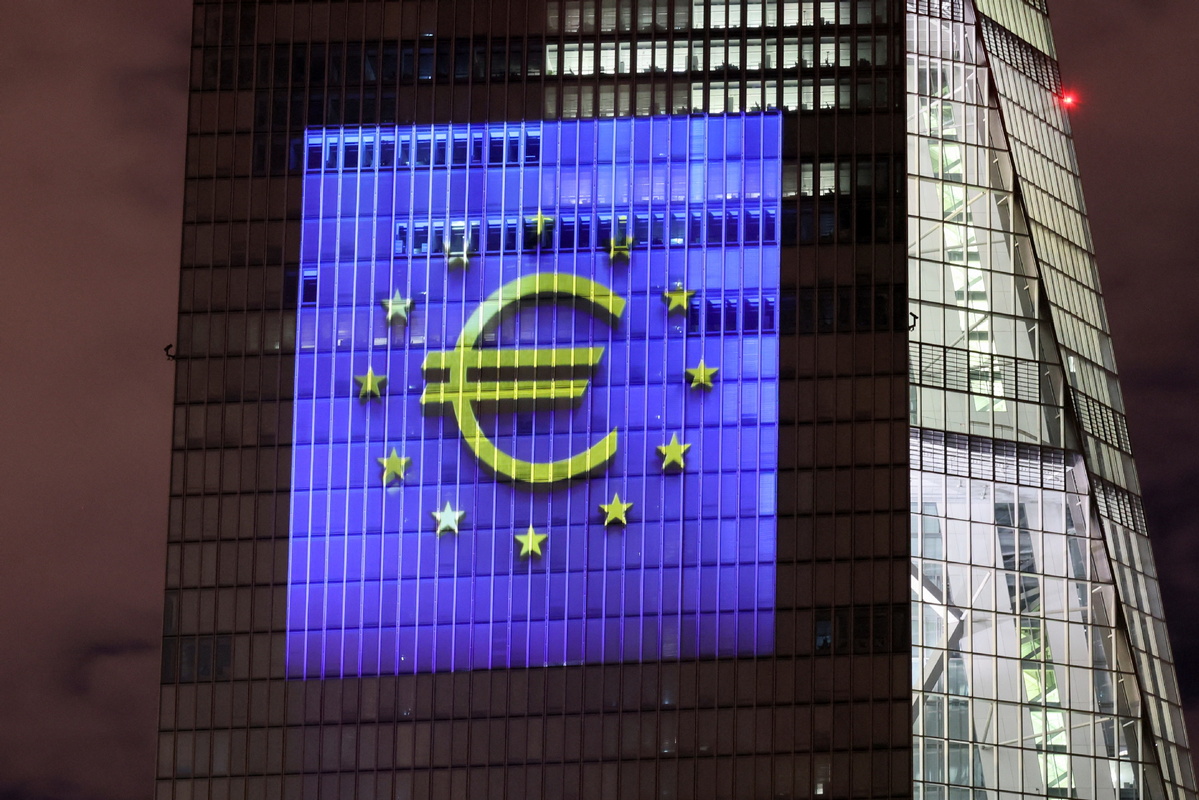The Eurozone’s economic woes continue to deepen as newly released figures for the third quarter of the year reveal a worse-than-expected performance. With a lack of economic growth in three out of the last four quarters, the Eurozone now faces the impending threat of a recession as it heads into the winter months.
A Gloomy Third Quarter Performance
The Eurozone’s economic struggles were glaringly evident in the third quarter of the year, where the economy shrank by 0.1 percent. This contraction was especially disheartening given the larger-than-anticipated fall in inflation, which dropped from 4.3 percent in September to 2.9 percent in October. These numbers paint a bleak picture, with the prospect of a small technical recession in the latter half of 2023 looming large.
Mixed Fortunes Across Key Economies
Germany, often considered the economic heart of the Eurozone, saw a 0.1 percent economic contraction during the third quarter, setting a worrying tone for its neighboring nations. Italy’s economy remained stagnant, while France experienced a meager growth of just 0.1 percent. In contrast, Spain recorded a slightly more positive 0.3 percent growth. The diverse economic performance across these key economies underscores the challenges faced by the Eurozone as a whole.
The Impact of Persistent Interest Rate Hikes
The European Central Bank (ECB) has been grappling with soaring inflation and made the unprecedented decision to raise interest rates for the tenth consecutive time, pushing the deposit rate to 4 percent, the highest since the euro’s launch in 1999. Although the goal was to rein in inflation, the persistent rate hikes have taken a significant toll on economic growth. While the recent larger-than-expected fall in inflation provides a glimmer of hope, the full repercussions of these interest rate hikes are yet to be fully felt. The Eurozone is now bracing itself for a period of economic stagnation, with experts warning that growth is unlikely to return until real income growth turns positive and the peak impact of monetary tightening subsides.
Expert Opinions:
Bert Colijn, senior eurozone economist at ING bank, notes, “A drop in eurozone GDP keeps a small technical recession in the second half of 2023 a realistic prospect.” He suggests that as inflation falls faster than expected, the European Central Bank’s governing council may adopt a more dovish stance but cautions against expecting rate cuts in the near term.
Jack Allen-Reynolds, deputy chief eurozone economist at Capital Economics, highlights the broader issue: “The big picture is that the eurozone is struggling, having only grown by 0.1 percent over the past year.” He notes that the most recent business surveys indicate a decline in activity as the fourth quarter commences.
Salomon Fiedler, an economist at Berenberg Bank, suggests that the ECB may be done with its rate hike cycle, while Tomas Dvorak, a senior economist at Oxford Economics, forewarns that the Eurozone is in for a prolonged period of economic stagnation, with growth remaining elusive until real income growth turns positive and the impact of monetary tightening wanes.
In conclusion, the Eurozone’s economic predicament is a cause for concern, with the threat of a recession looming larger with each passing quarter. The mixed fortunes of key economies within the Eurozone, coupled with the challenging consequences of persistent interest rate hikes, make it imperative for policymakers to reevaluate their strategies to bolster economic growth and stability.
















